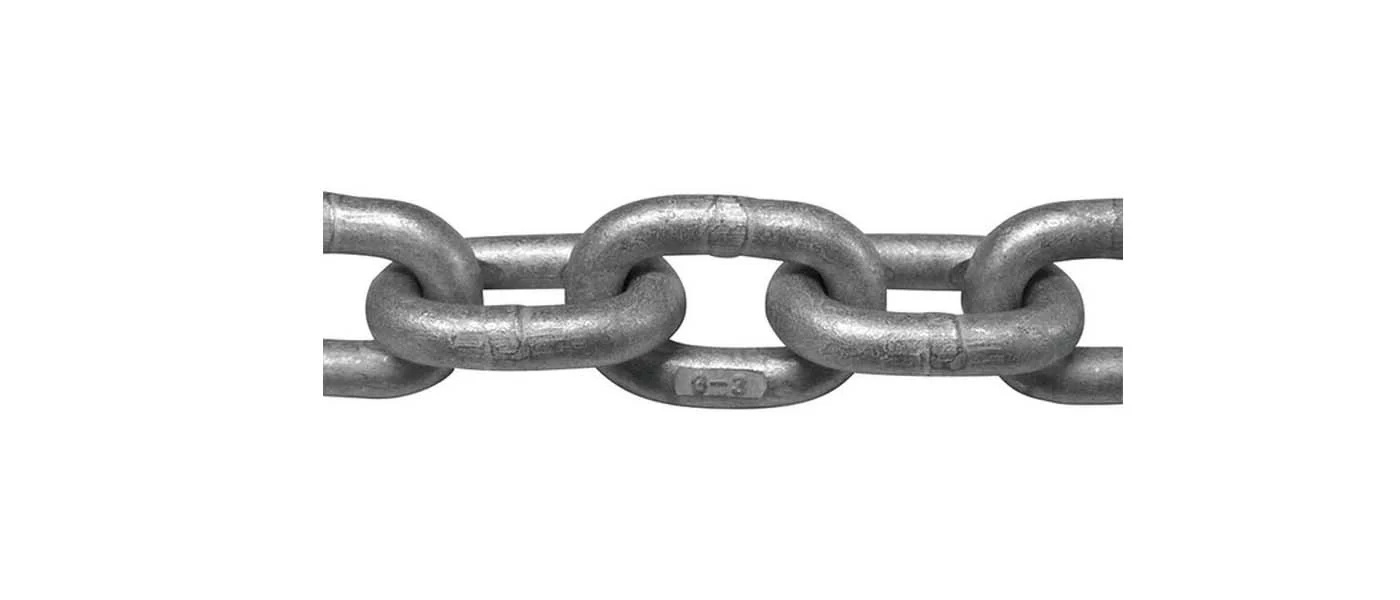In recent years, the circular economy has emerged as a promising model for sustainable development, focusing on the efficient use of resources, waste reduction, and environmental protection. One of the key components in achieving these goals is the use of high-quality, standardized chain products like the NACM Standard Chain. In this article, we will introduce the role and value of chain products in the circular economy, discuss the recyclability, remanufacturing, and reuse of chains, and explore how to build a circular economy model to promote sustainable development of chain products.

The Circular Economy and Chain Products
The Concept of Circular Economy
The circular economy is an economic system that aims to minimize waste and make the most of resources by keeping them in use for as long as possible. It involves designing products and processes in a way that reduces the consumption of raw materials, energy, and other resources, while also minimizing waste generation and pollution. The circular economy is built on three main principles:
- Design for longevity, durability, and recyclability
- Preserve and extend the life of products through maintenance, repair, and remanufacturing
- Recover and regenerate materials at the end of their life through recycling and other processes.
The Role of Chain Products in the Circular Economy
Chain products play a critical role in the circular economy, as they are often used in various industrial applications, such as manufacturing, transportation, and construction. The NACM Standard Chain, a high-quality, standardized chain product, is particularly relevant in this context, as it ensures consistent performance, safety, and durability across different applications.
By using NACM Standard Chain products, businesses can contribute to the circular economy by:
- Reducing the need for raw materials, as standardized chains have a longer lifespan and require less frequent replacement
- Minimizing waste generation, as the chains can be easily disassembled, repaired, or remanufactured
- Promoting recycling and the use of secondary materials, as the chains can be melted down and turned into new products at the end of their life.
Recyclability, Remanufacturing, and Reuse of NACM Standard Chain
Recyclability of NACM Standard Chain
NACM Standard Chain is typically made from high-quality steel, which is an easily recyclable material. Steel can be melted down and reformed into new products multiple times without losing its essential properties or quality. This makes the NACM Standard Chain an ideal candidate for recycling and reusing in the circular economy.
Remanufacturing and Reuse of NACM Standard Chain
One of the core principles of the circular economy is extending the life of products through maintenance, repair, and remanufacturing. NACM Standard Chain products, being highly durable and reliable, can be easily repaired and remanufactured to extend their life cycle.
For instance, damaged or worn-out chains can be disassembled, and individual components can be replaced or repaired. In some cases, entire sections of the chain can be remanufactured and reused, significantly prolonging the chain’s life and reducing the need for new resources.
Building a Circular Economy Model for Chain Products
To promote the sustainable development of chain products, it is crucial to establish a circular economy model that encourages the recycling, remanufacturing, and reuse of chains. Here are some key steps to building such a model:
1. Design for Sustainability
When developing new chain products, manufacturers should prioritize sustainability by designing chains that are durable, easy to maintain and repair, and recyclable. This includes using high-quality materials, such as the steel used in NACM Standard Chain, and adopting standardized designs to ensure consistent performance across different applications.
2. Encourage Maintenance and Repair
Businesses that use chain products should be encouraged to regularly maintain and repair their chains to extend their life and reduce waste. This can be achieved through training programs, maintenance guides, and other support resources that help businesses understand the importance of proper chain maintenance and how to carry it out effectively.
3. Establish Remanufacturing and Recycling Infrastructure
To facilitate the recycling and remanufacturing of chain products, it is essential to establish dedicated facilities and infrastructure for these processes. This includes setting up collection points for used chains, as well as investing in the necessary equipment and technology for remanufacturing and recycling.
4. Promote Collaboration and Knowledge Sharing
Building a circular economy requires collaboration and knowledge sharing between different stakeholders, such as manufacturers, businesses, and policymakers. This can involve creating platforms for exchanging best practices, research, and innovations related to the sustainable development of chain products, as well as promoting the adoption of standardized chain products like the NACM Standard Chain.
5. Develop Supportive Policies and Regulations
Finally, governments and policymakers can play a crucial role in promoting the circular economy for chain products by developing supportive policies and regulations. This can include incentives for businesses that adopt sustainable practices, such as using recyclable materials, implementing remanufacturing processes, or investing in circular economy infrastructure.
In conclusion, the NACM Standard Chain serves as an excellent example of how standardized chain products can play a vital role in driving sustainability and promoting the circular economy. By focusing on recyclability, remanufacturing, and reuse, businesses and policymakers can work together to build a more sustainable future for chain products and the industries that rely on them.
Related Products

